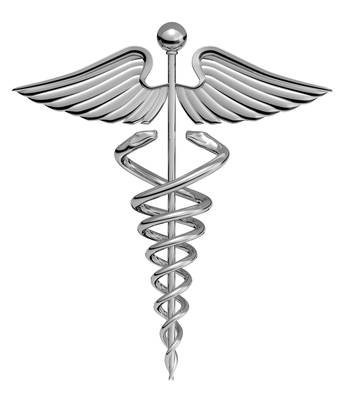A preceptorship is a program often used in the allied health industry to help new employees transition from college to the workforce. Some of the earliest programs of this type featured monks in monasteries around the world. The monks sent someone with more experience to help guide new monks through the process of living and working in the monastery. Most of the programs that you see today are in allied health fields like nursing and medicine. These programs make it easier for students to develop on the job skills.
What is It?
These programs actually come in two different types. The first is a program offered by a college that functions in the same way that a clinical rotation would. During your clinical rotations, you’ll work under the supervision of a licensed doctor or nurse as you interact with patients. A college preceptor is someone who guides students through this process and ensures that they follow all procedures put in place by the facility and that they understand how to work with patients. The more common type of program is one that takes place after you leave college and begin your medical career.
When Will You Do It?
When you do the preceptorship depends on where you live and the program you study. Many nursing programs require that students do one of these programs in their last year of study. This ensures that you have the proper skills and that you will do everything that your employers need you to do. You may also complete one of these programs over the summer and in between your regular classes. If you study any of the allied health professions, you may need to complete one of these programs during your first year on the job. The professionals working with you will give you feedback and record your progress.
How Long Does the Program Take?
According to Fran Entwistle of Nursing Times, these programs typically last for a minimum of six months up to a full calendar year. The amount of time you spend in one of these programs depends on your employer. Some hospitals have a time range in place because those facilities can reduce or extend the time limit based on your progress. If you do well on the job and demonstrate a clear understanding of your duties, the facility may approve you to work full-time in six months. If it takes you longer to progress, it may extend your program by a month or more.
Benefits of These Programs
Helping students make the transition from student to employee is a key benefit of these programs. Even if you feel confident in your skills while doing your clinical rotations, you may feel differently once you go to work with little to no supervision. These programs also help you stay on track and continue learning and developing skills that will assist you in other medical fields. Many employers offer raises to nurses and other allied health professionals who successfully complete one of these programs.
Working in the allied health profession requires that you work with patients of different ages and backgrounds on a daily basis and that you remain professional at all times. A preceptorship program that you complete in college or on the job ensures that you have a clear understanding of your job duties and that you are ready to work with less supervision.
